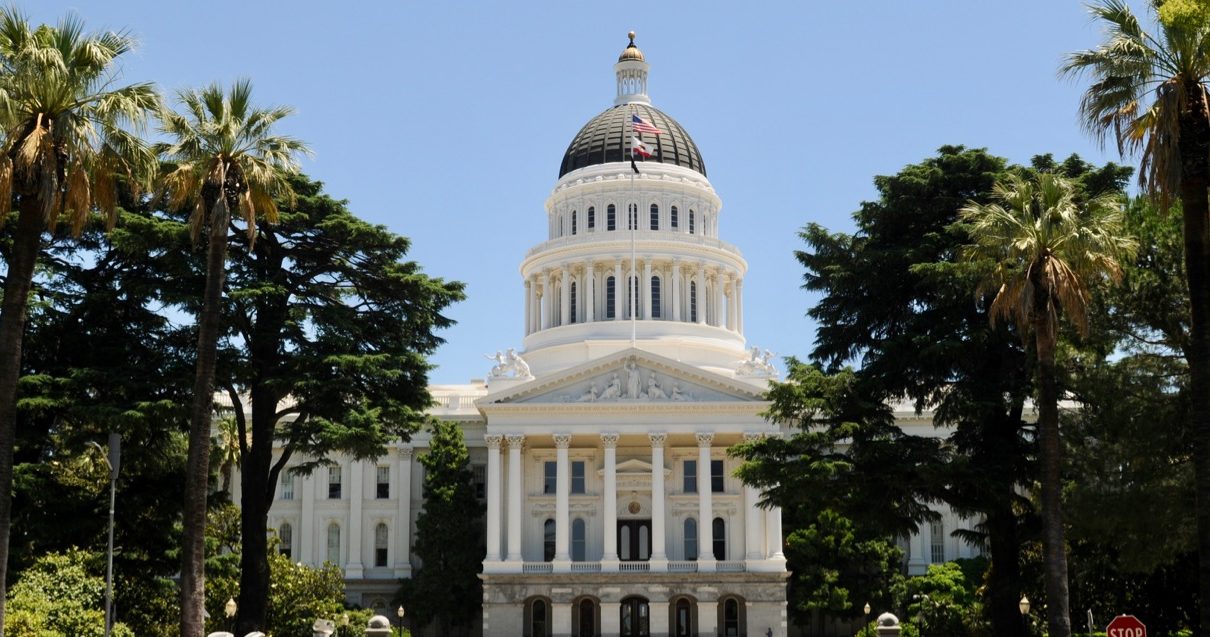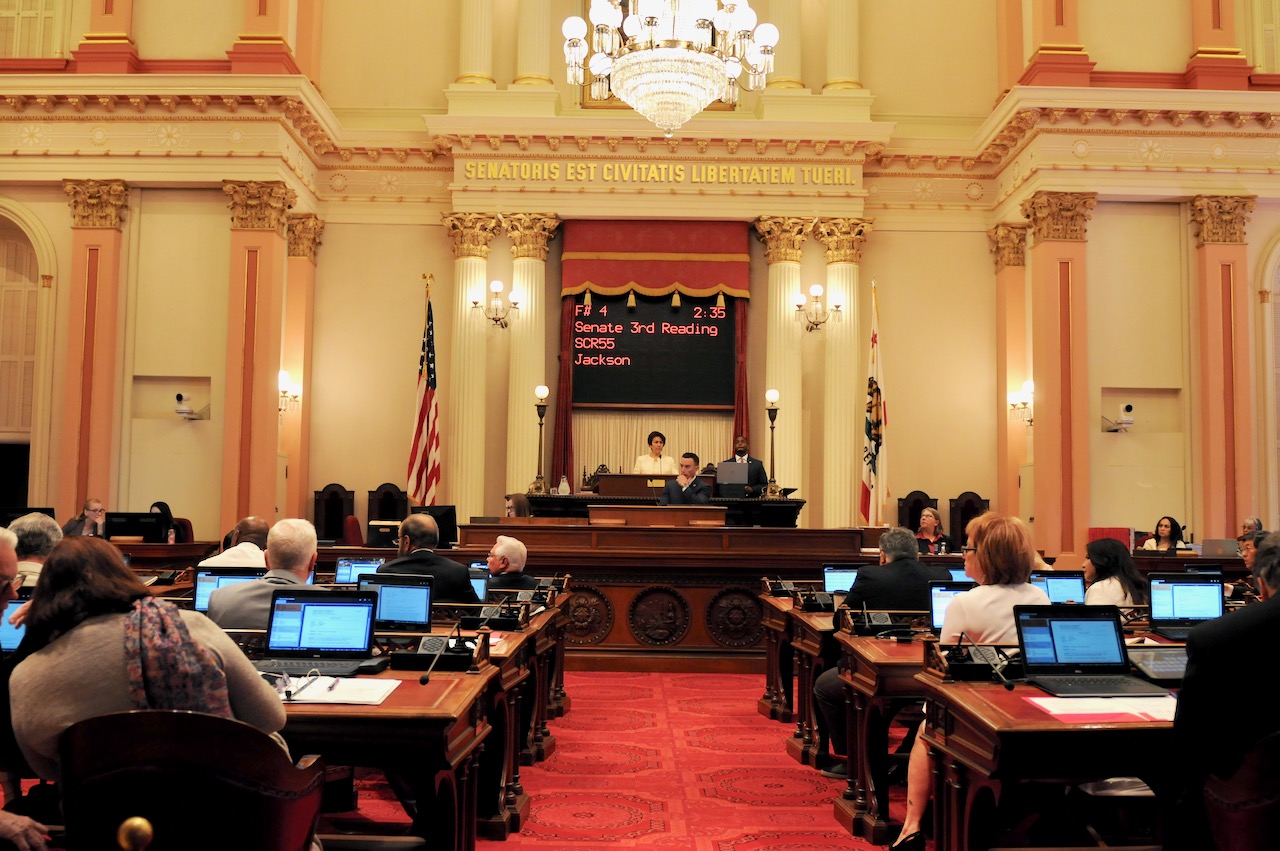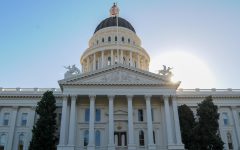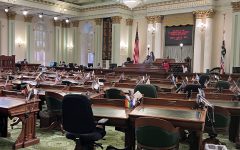
California State Capitol. (Photo: Kevin Sanders for California Globe)
Frequently Asked Questions about the Last Part of the Legislative Session
The last two weeks of the Session are a whirlwind as hundreds of bills
By Chris Micheli, June 21, 2024 2:30 am
What generally happens in the last part of the California Legislative Session? The final weeks of the Legislative Session are a proverbial sprint to the finish line. Policy committees have finished the bulk of their work, but many bills get significant amendments that require the policy committees to hear additional bills as the Session winds down. The main focus is now on the fiscal committees and their votes on measures that are pending on the Suspense Files in the respective Appropriations Committees of the Senate and Assembly.
The last two weeks of the Session are a whirlwind as hundreds of bills are considered on the Floor of the second house, with most bills having to return for a final vote on the Floor of the bill’s house of origin. Once Session adjourns, the work is not done. Instead, the focus turns to the Governor’s Office and his consideration of on average 1,000 bills over the course of 30 days.
What is the usual legislative calendar in the last part of the Session? The Assembly Chief Clerk and the Senate Secretary prepare a calendar for the Session with the corresponding authority for these dates:
Legislature reconvenes from summer recess (J.R. 51(a)(3)).
Last day for fiscal committees to meet and report bills to the Floor (J.R. 61(a)(12)).
Floor Session only. No committees, other than conference and Rules committees, may meet for any purpose (J.R. 61(a)(13)).
Last day to amend bills on the floor (J.R. 61(a)(14)).
Last day for each house to pass bills (J.R. 61(a)(15)). Interim Study Recess begins upon adjournment of this day’s session (J.R. 51(a)(4)).
Last day for Governor to sign or veto bills passed by the Legislature on or before Sep. 13 and in the Governor’s possession after Sep. 13 (Art. IV, Sec. 10(b)(1)).
What are the constitutional requirements in the last part of the Session? A bill cannot be passed or become a statute unless that bill and any amendments have been in print and published on the Internet for at least 72 hours before the vote, unless the Governor has submitted a statement that the bill is needed to address a state of emergency. No bill may be passed unless a majority of members of each house votes in favor of the bill (Article IV, Section 8).
Each bill passed by the Legislature must be presented to the Governor. The bill becomes a statute if it is signed by the Governor or the Governor may veto a bill if he or she returns it to the house of origin along with any objections. If the Legislature votes again to pass the bill by a 2/3 majority vote, then the bill becomes a statute (Article IV, Section 10).
Any bill in the possession of the Governor after adjournment of the Legislature that is not returned within 30 days becomes a statute. Any other bill presented to the Governor (i.e., prior to the end of session) becomes a statute if it is not returned within 12 days. Any bill that was introduced in the first year of the 2-year session that has not been passed by its house of origin by January 31 of the second year may no longer be acted upon by either house (Article IV, Section 10).
At the close of each regular session, the President pro tempore of the Senate, the Speaker of the Assembly and the two minority leaders must report on the progress made toward meeting the goals and objectives outlined at the beginning of the legislative session (Article IV, Section 22).
What are the statutory requirements in the last part of the Session? At each Session, the Governor must report to the Legislature any reprieves, pardons or commutations granted, including the reasons for doing so (Government Code Section 12017).
- Joint Debtors in California - December 27, 2025
- Division of Property in California - December 27, 2025
- Agency Adoptions - December 26, 2025





One thought on “Frequently Asked Questions about the Last Part of the Legislative Session”